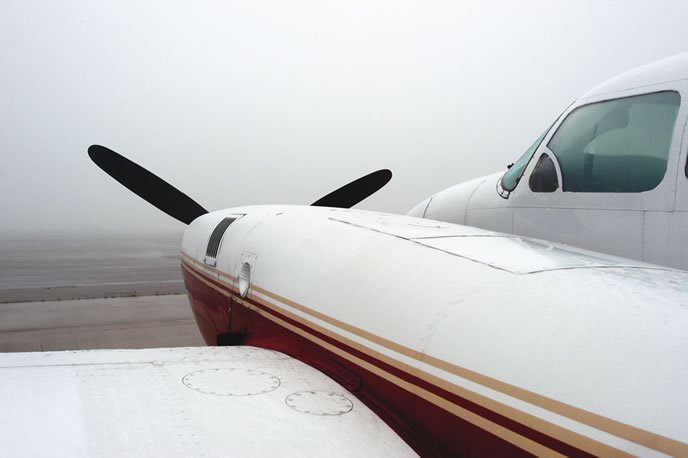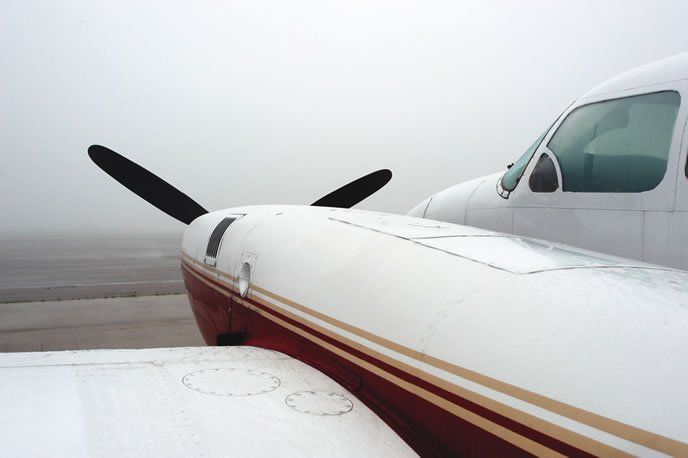Aviation Safety recently ran two articles, in the December 2014, and January 2015 issues) on the various considerations involving low-weather IFR departures. Under FAR 91, if we can find the runway in the fog, it’s legal to launch. Somewhat Darwinian, but legal.

But what about if we need to return to Earth shortly after departure? Anyone who has flown for any length of time has had something come up necessitating a landing within a few minutes of takeoff—a suddenly ill passenger, a seat belt left outside the door, a door popping open, a fuel transfer pump that won’t—you name it. If the weather is down, or if we’ve selected a departure routing to avoid a line of severe weather, where can we safely land the airplane?
As airports continue to be turned into shopping malls, selecting a departure alternate is becoming more important and challenging, especially in area where large bodies of water or mountains mean no airports for a long ways around half the compass, and a large area of fog or line of thunderstorms could rule out airports that otherwise be available.
If a fog bank means it’s triple-digit miles to an airport with approach minimums or thunderstorms are going to rumble over your departure airport momentarily and have already walled off other good alternatives, do you really want to launch? As sure as Murphy’s Law exists—and there are those who claim Murphy was an optimist—the time you do boogie off into the clag with no usable departure alternate will be when the forecast thin, broken layer will become 4000 feet of overcast with more ice in it than your airplane can climb through.




